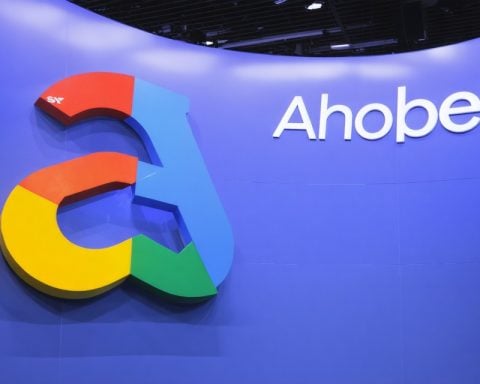Breaking Boundaries in Tech
Apple and Google – industry rivals in the mobile device market – have once again joined forces to revolutionize user experience by simplifying data transfers between their ecosystems. This collaborative effort marks a significant step in enhancing user convenience when transitioning between different operating systems.
Seamless Data Migration
A groundbreaking new feature has been introduced to address users’ needs for effortless transfer of photos and videos when switching devices, whether from iPhone to Android or vice versa. This innovative functionality not only underscores the commitment of both companies to ensuring compatibility and user-friendliness but also sets a new standard in data transfer efficiency.
Introducing a Game-Changing Functionality
In the upcoming weeks, users will gain access to a cutting-edge import feature that enables the seamless transfer of photos from Google Photos to iCloud. By simply clicking on the “Import from Google” button in iCloud, users can effortlessly copy all their personal photos and videos from Google Photos, ensuring that these memories remain accessible across all Apple devices linked to their account.
Enhancing Data Security
Crucially, this transfer process prioritizes data integrity and security, with images remaining stored in Google Photos as a backup. Apple details that the duration of the transfer may vary depending on the volume of data to be copied, emphasizing the importance of patience for users with extensive video libraries.
This groundbreaking initiative aligns with the ethos of the open-source “Data Transfer Project,” dedicated to safeguarding the integrity of personal data during transitions across services. By ensuring data compatibility, authentication accuracy, and personal information security, this project heralds a new era in data transfer innovation.
Exploring Further Advancements in Data Transfer Innovation
With the collaborative effort between tech giants Apple and Google paving the way for seamless data transfers, additional aspects of this innovation deserve attention. Here, we delve into new facts, challenges, advantages, and controversies surrounding this revolutionary development.
Important Questions:
1. How does the new data transfer feature address user concerns about privacy and security?
2. What impact will this innovation have on third-party data transfer services?
3. Will other competitors in the tech industry follow suit and introduce similar cross-platform transfer functionalities?
Answers and Insights:
– The new data transfer feature emphasizes data security by keeping images backed up in Google Photos during the transfer process, ensuring the integrity of personal data.
– Third-party data transfer services may face challenges in providing unique value propositions compared to the streamlined transfer experience offered by Apple and Google.
– The introduction of this functionality may prompt other tech companies to enhance their services to facilitate seamless data migration between different ecosystems.
Key Challenges and Controversies:
– One challenge associated with this innovation is the potential monopolization of data transfer services by major tech players, raising concerns about fair competition and consumer choice.
– Controversies may arise regarding data privacy and ownership rights when transferring personal information between platforms controlled by different companies.
Advantages and Disadvantages:
– Advantages: The seamless transfer of photos and videos between Apple and Google ecosystems enhances user convenience and reduces the complexity of switching devices. Data security measures prioritize the protection of user information during transfers.
– Disadvantages: Dependence on a limited set of tech giants for data transfer services may limit user options and innovation in the long run. Compatibility issues with other devices and systems could pose challenges for users seeking more diverse transfer capabilities.
This ongoing evolution in data transfer mechanisms highlights the need for continuous evaluation of the impact of such innovations on user experiences, market dynamics, and data governance frameworks.
For more information on related tech advancements and data transfer developments, visit the Apple and Google websites.























